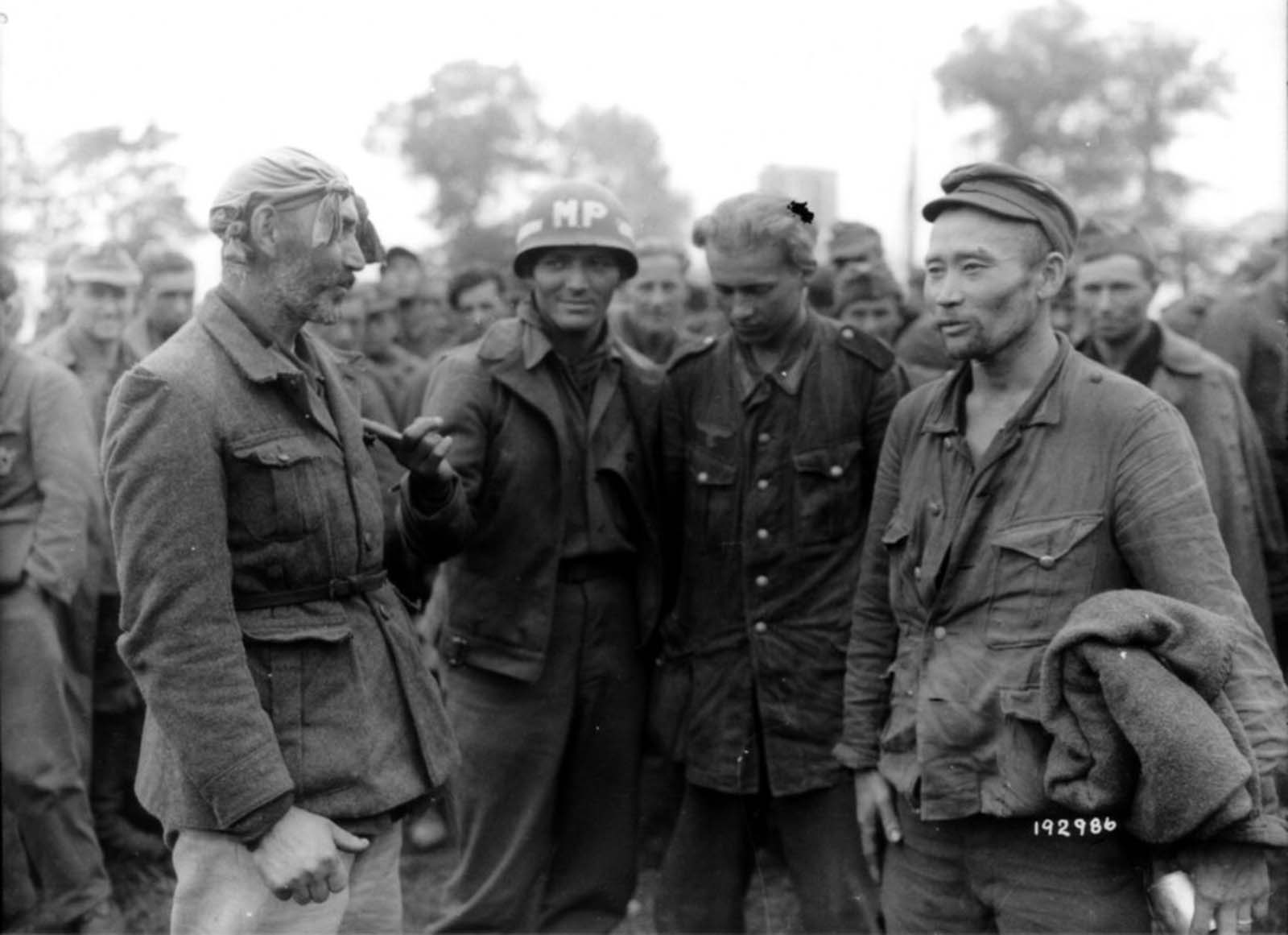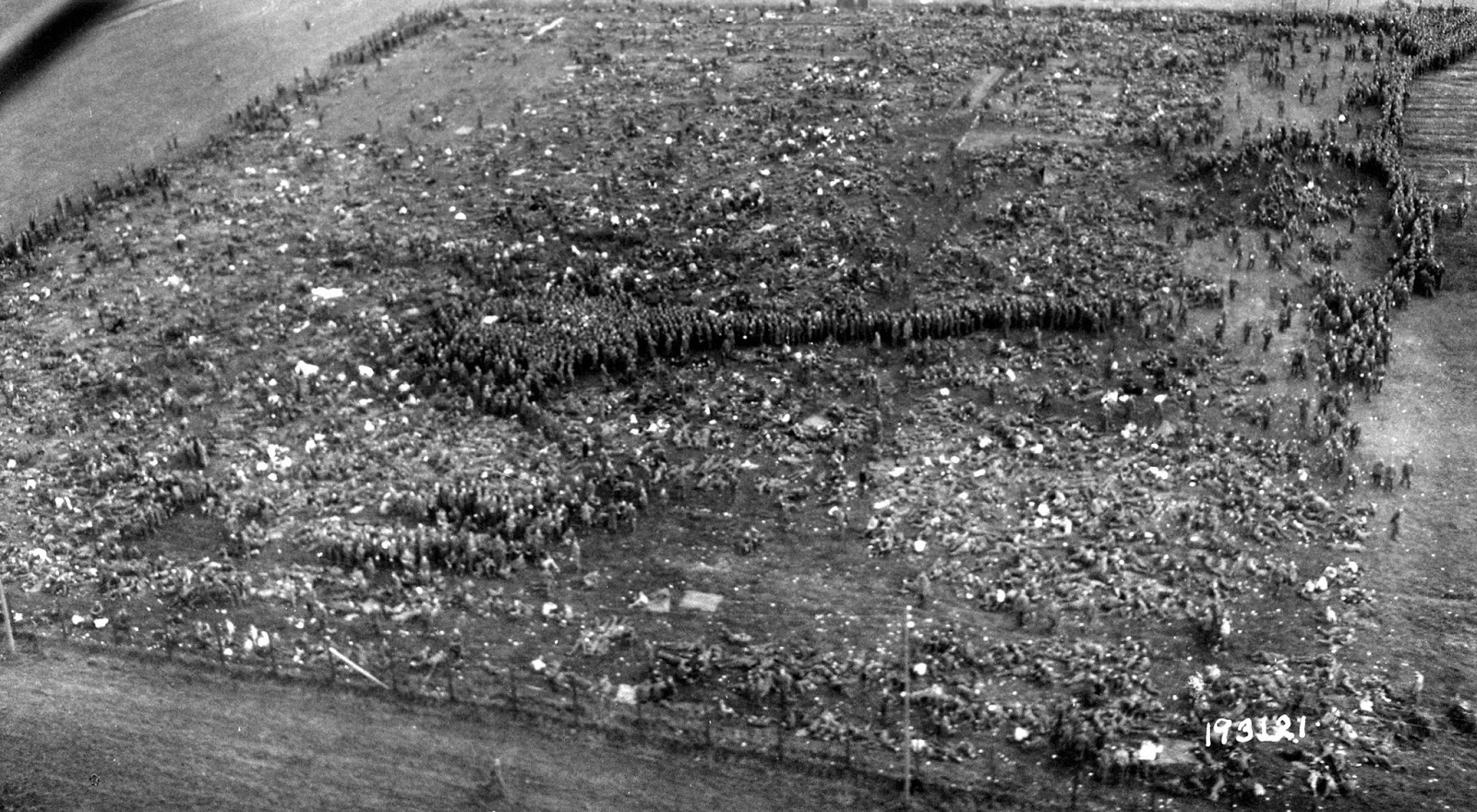These photos show the human and the more realistic side of the German Army in the war. In almost all surrender/prisoner of war photographs, the German Army was in a decrepit state, with overgrown hair, skinny, sleep-deprived, messed-up uniforms. It was not the camps that made the soldiers look tarnished, it was just a continuation of their condition when they surrendered. The guard soldiers would get in a jeep, circle around the camp, and every so often they’d yell “Halt!” and shoot their guns in the air to give the impression escaping soldiers were being shot. But the escapes were rare, none actually because these prison camps were protecting the prisoners just as much as they were containing them. Anyone who escaped that camp would likely have been recaptured by Allied forces or caught and executed by Resistance or Resistance-friendly citizens. Most if not all of those men knew their chances were much better inside those fences. The Battle of the Falaise Pocket ended the Battle of Normandy with a decisive German defeat. Hitler’s involvement had been damaging from the first, with his insistence on hopelessly unrealistic counter-offensives, micro-management of generals, and refusal to countenance withdrawal, when his armies were threatened with annihilation. More than forty German divisions were destroyed during the Battle of Normandy. No exact figures are available but historians estimate that the battle cost the German forces c. 450,000 men, of whom 240,000 were killed or wounded. (Photo credit: US Army Archives). Notify me of new posts by email.
Δ Subscribe


